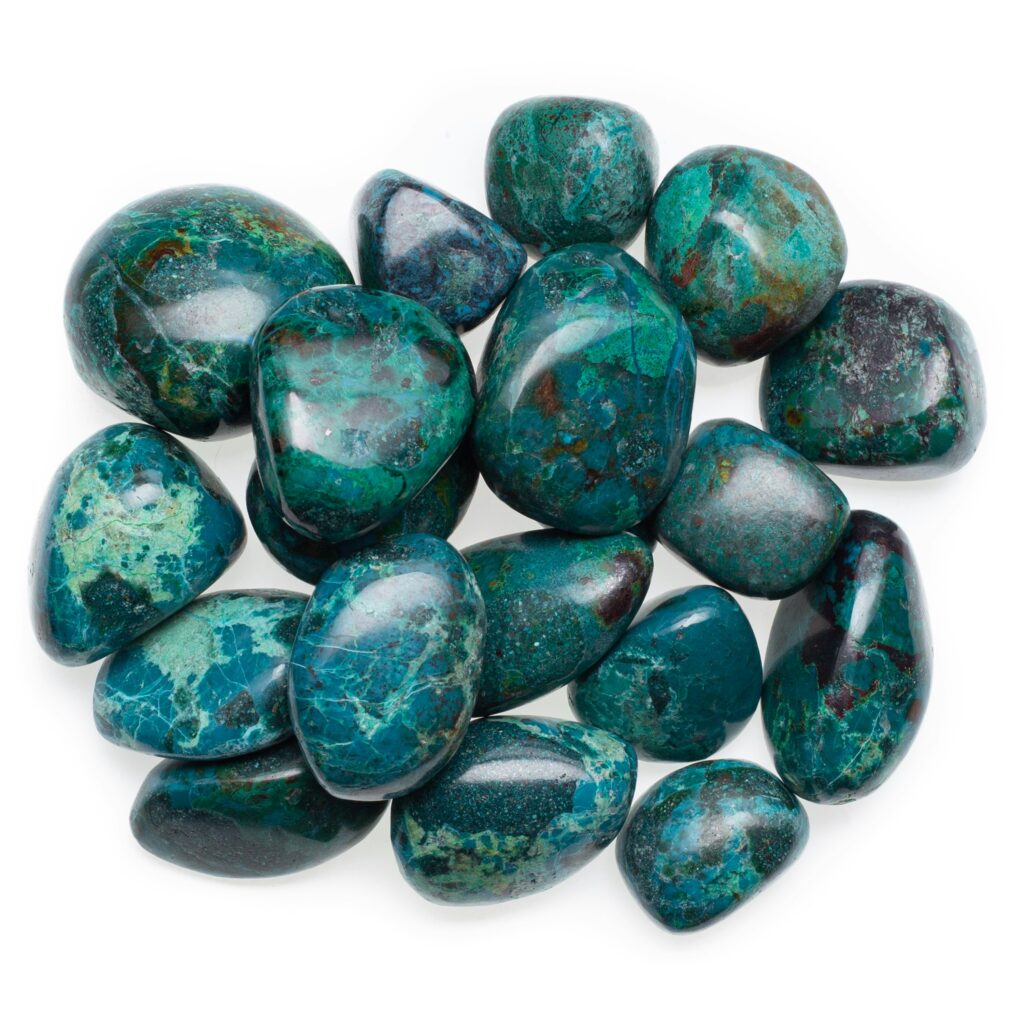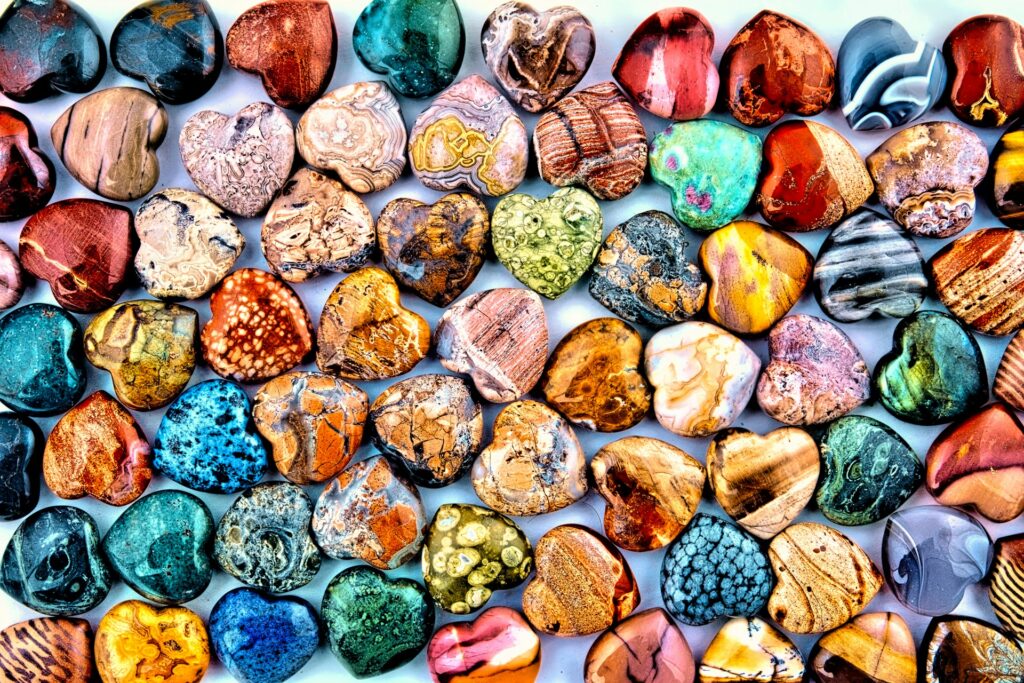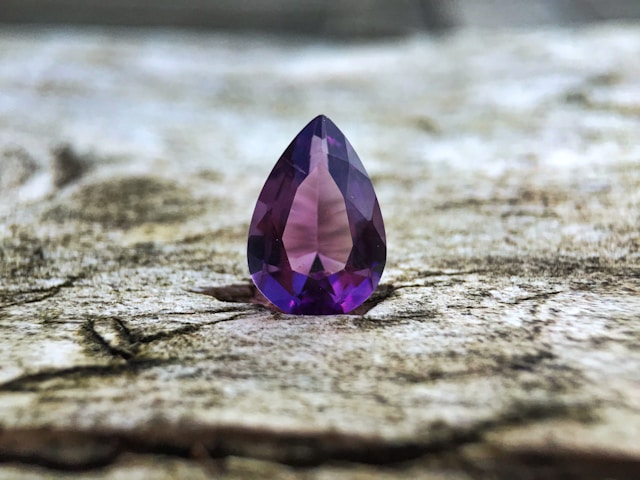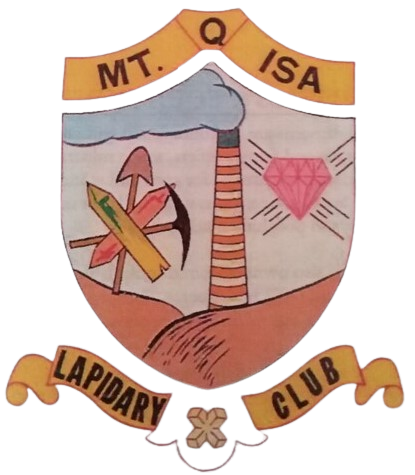Different Arts & Techniques of Lapidary
What are the different arts and techniques of lapidary? Let’s explore the main three: tumbling, cabochon cutting, and faceting. Each technique has its own process and outcome, so let’s dive in and learn more!

Tumbling
Rock tumbling is a technique used to polish rocks and minerals using a rock tumbler, a specialized machine designed for this purpose. The process involves placing stones or minerals into the tumbler, along with abrasives like grit, fillers, and water. As the tumbler rotates, the abrasive particles come into contact with the rocks, gradually smoothing and rounding them. This process results in the rocks becoming polished, shiny, and smooth over time.
Cabochon Cutting
The most commonly practiced method of gem cutting is cabochon cutting, also known as cabbing. While it does demand a certain level of skill, almost anyone can become proficient in this technique. One can easily acquire affordable rough materials for cabbing either by finding them or by purchasing them. Some individuals prefer not to purchase rough stones and are satisfied with cutting the ones they exchange or discover.


Faceting
Lastly, we have faceting, another fascinating lapidary technique. Faceting involves creating multiple flat surfaces, or facets, on a gemstone to maximize its ability to reflect light. Most jewellery makers use a faceting machine to achieve this effect. Faceting is commonly used on diamonds in wedding and engagement rings and is considered one of the most profitable lapidary techniques.
Now that you have a better understanding of the different arts and techniques of lapidary, you can start exploring and experimenting with these fascinating processes to create your own unique gemstone masterpieces. Happy lapidary crafting!




